The Samsung Galaxy Watch 5 is almost definitely on its way – we've no reason to believe the company would stop making smartwatches just yet – and the leaks and rumors are starting to come in at a steady pace.
When we tested the Samsung Galaxy Watch 4 and Galaxy Watch 4 Classic , we found them two of the best, but in some ways most disappointing, wearables of 2021.
These devices promised a whole new operating system, melding the best of Tizen with Wear OS, all powered by a speedy new chipset, and with a host of new health tracking skills. And they largely delivered on that, but with a number of caveats and issues.
So for the inevitable Samsung Galaxy Watch 5 (and the possible Samsung Galaxy Watch 5 Classic) we want a number of changes, the biggest of which we’ve highlighted below.
We’ve also taken a look at when Samsung’s next flagship wearable is likely to launch, how much it might cost, and other early rumors about it. As soon as more leaks emerge we’ll add them to this article too, so this will remain the definitive source of Samsung Galaxy Watch 5 information ahead of its launch.
Cut to the chase
Samsung Galaxy Watch 5 release date and price
A leaked release schedule obtained by South Korean site The Elec states that the Samsung Galaxy Watch 5 will land sometime in the second half of 2022, though that’s hardly surprising given that the Samsung Galaxy Watch 4 range landed in August of 2021.
In fact, the Samsung Galaxy Watch 3 landed in August of 2020, so August of 2022 is our best guess for when we’ll see the Samsung Galaxy Watch 5.
There’s no news on what it might cost just yet, but the Samsung Galaxy Watch 4 starts at $249.99 / £249 / AU$399 (rising in price for a larger size or LTE connectivity), while the Samsung Galaxy Watch 4 Classic begins at $349 / £349 / $549, so we might see similar pricing for the next model.
News and leaks
One early leak suggests that the Samsung Galaxy Watch 5 could get a battery boost.
SamMobile has found regulatory filings for batteries believed to be headed to the upcoming smartwatch, and the Galaxy Watch 5's battery is seemingly 276mAh (up from 247mAh in the Galaxy Watch 4), while the Galaxy Watch 5 Classic's appears to be 397mAh, up from 361mAh in its predecessor.
So those aren't enormous jumps, but they might make a difference. Note that those are seemingly the starting battery sizes - if there are multiple watch sizes then we'll likely see larger batteries in some too.
More recently there have been rumors of a Pro version of the Samsung Galaxy Watch 5 that could up the battery size to a hefty 572mAh. That's bound to have a substantial impact on battery life.
That Pro model may well replace the Classic model in Samsung's 2022 smartwatch line-up, we've been hearing . That said, another leak points to three Galaxy Watch 5 models , which makes the death of the Classic seem less likely.
Either way, the Galaxy Watch 5 Pro might ditch the rotating bezel feature – a change we wouldn't be in favor of.
Beyond that, we have seen a Samsung patent for a smartwatch with an extendable screen that can increase in size by 40% when a pinch gesture is used. The same patent also shows a camera in the watch.
You can see how this might look in the images below, but note that patents don’t always get used, and even if this design does one day make it into a wearable, we doubt it will be ready in time for the Galaxy Watch 5.
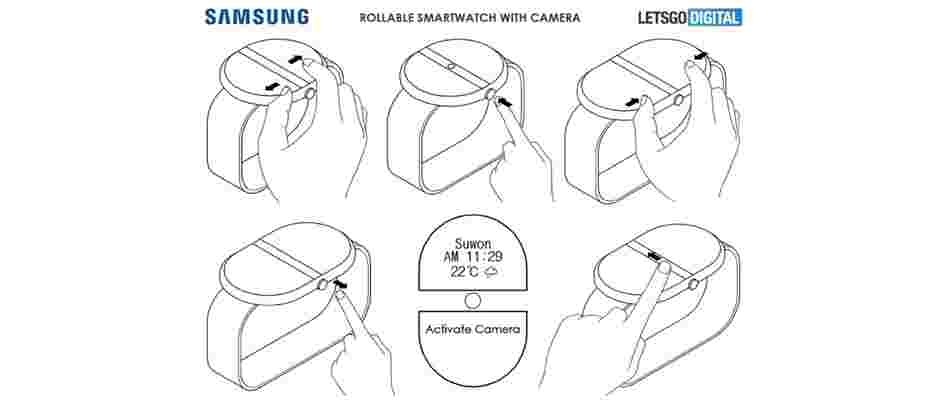
What we want to see
There are lots of ways that Samsung could improve its wearables, including the following things.
1. Much better battery life
We found the Samsung Galaxy Watch 4 to have respectable battery life in our tests, but we can’t say the same about the Samsung Galaxy Watch 4 Classic, which much of the time wouldn’t even last a full 24 hours between charges.
So while it should have enough battery to see you through a day, it’s something you’ll need to charge every night – and over time as the battery starts to degrade, it may not even make it through every waking hour.
That’s really not good enough, and even the standard Galaxy Watch 4 only lasts around two days, which is fine but far from exceptional, so we want to see big improvements here for the Samsung Galaxy Watch 5 range.
2. Full compatibility with more phones
The Samsung Galaxy Watch 4 range doesn’t work with iPhones at all, despite previous models doing, and even if you have an Android phone, if it’s not a Samsung one then you’ll be locked out of some features, such as the ECG and blood pressure measurements.
That’s hugely disappointing, and while we’d expect most iPhone users would stick with the Apple Watch , it’s inexcusable to lock Android users out of features – especially on a wearable that runs Wear OS (an operating system created by Google).
So for the Samsung Galaxy Watch 5 we at a minimum want full compatibility with all modern Android phones, and ideally we want support for iPhones to return as well.
3. Better workout controls
We found – particularly in the case of the Samsung Galaxy Watch 4 Classic – that the workout controls were a bit fiddly, especially the act of pausing workouts. This isn’t a huge deal, but it did mean that the time shown at the end of your workout can be inflated – as a second or more can be wasted when pausing.
So we want these controls to be rethought for the Samsung Galaxy Watch 5, to make it a more compelling fitness device.
4. A slimmer design
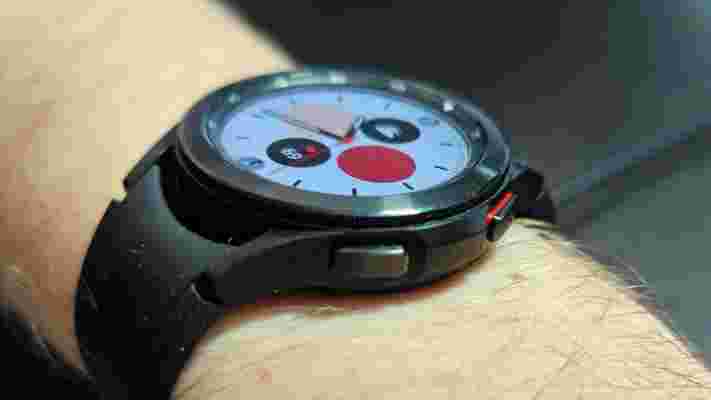
Another problem that’s more present on the Classic than the standard Watch 4 is the thickness of the device.
The Samsung Galaxy Watch 4 Classic is a chunky wearable and while to some extent that might be an aesthetic choice, we’d like to see its successor slimmed down, as that thickness makes it tricky to wear under tight clothing, and potentially uncomfortable in bed.
5. A wider strap selection
Unless you order the Samsung Galaxy Watch 4 direct from Samsung then the strap choices for it out of the box are very limited, and even from Samsung itself you’re restricted to sporty or hybrid options, with no full leather or metal choices.
It’s worth noting that Samsung at least uses standard watch straps, so you can always swap one out for a third-party option anyway, but that’s then an extra purchase.
So for the Samsung Galaxy Watch 5 range we want some classier choices to join the currently sporty mix, and for the selection to be wide wherever you purchase the watch from.
Fitbit Inspire 3: what we know so far
Fitbit Inspire devices are entry-level fitness trackers designed to nudge you towards healthier lifestyle choices, and we're expecting the third-generation model to launch very soon. News about the Fitbit Inspire 3 is thin on the ground so far, but a few hints about the new watch are starting to appear, and we can make some educated guesses about what's coming up.
The Fitbit Inspire 2 is still one of the best fitness trackers available right now and well worth considering if you're looking for a new activity band, but if you're not in a great hurry then it might be worth waiting a couple of months to see what the Fitbit Inspire 3 brings to the table. We suspect there are some big upgrades on the way, and if Fitbit sticks to its usual pricing strategy, it probably won't cost much more.
With that in mind, here's everything we know about the Fitbit Inspire 3 so far. We'll be keeping this page updated regularly as news comes in, so if you're thinking of upgrading your device we recommend keeping it bookmarked and checking back frequently for the latest updates.
Cut to the chase
Fitbit Inspire 3 news and leaks
Fitbit itself has yet to announce anything official about the Inspire 3, but we've reason to believe that the new fitness tracker might be coming soon – and it could be a big upgrade on the Inspire 2.
In March 2022, eagle-eyed sleuths at 9to5Google spotted references to three new devices in the install files for the official Fitbit app for Android. We don't know much about the three other than their screen resolutions, but judging by the fact that two of them (codenamed Hera and Rhea) are square, they look likely to be the Fitbit Sense 2 and Fitbit Versa 4 .
The third device, codenamed Nyota, has a resolution of 124 x 208 pixels, which is the same as 2021's Fitbit Luxe . This led to speculation that a Luxe 2 might be on the horizon, but at TechRadar we think it's more likely that Nyota is actually the long-awaited Fitbit Inspire 3, with a major display upgrade.
The reason for this is quite simple: the Fitbit Versa 3, Sense, and Inspire 2 all launched on the same day, so it would make sense for their successors to follow the same pattern. The Luxe, on the other hand, isn't due an upgrade yet (in fact, at the time of writing it's still sitting pretty at the top of our roundup of the best fitness trackers) so we'd be very surprised if a follow-up lands in 2022.
What we're expecting
As mentioned above, the main upgrade we're expecting to see for the Fitbit Inspire 3 is a new screen. The Fitbit Luxe is pretty much the same size as the Inspire 2, and the fact that the screen of the Nyota has the same dimensions suggests to us that Fitbit will be using the same OLED display for its next-gen Inspire. After all, it already has the supply chains and manufacturing processes in place.
If this is indeed the case, it'll be a huge step up for the Inspire line, which until now has never offered anything more sophisticated than a monochrome memory-in-pixel display.
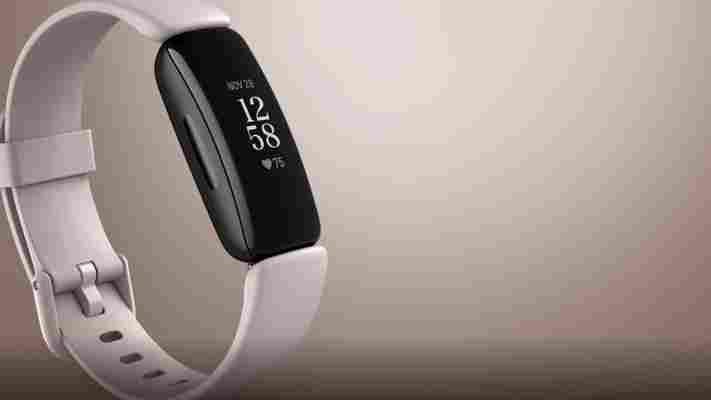
The Inspire has always been Fitbit's entry-level fitness tracker, so we're not expecting the Inspire 3 to be equipped with the same stress-monitoring electrodermal activity (EDA) and electrocardiogram (ECG) sensors as the Fitbit Sense and Charge 5. We're not holding our breath for on-board GPS either, since this isn't something you get with the Fitbit Luxe.
Something that we might get is a new SpO2 sensor, which would enhance the Inspire 3's sleep tracking abilities and could help pick up signs of conditions such as sleep apnea. It'd be a logical choice for a company that's invested so much in meditation and sleep tracking over recent months.

Late last year, Fitbit began testing a new feature called 'sleep animals' that likens your nocturnal habits to those of a bear, tortoise, parrot, hedgehog, giraffe, hedgehog, or dolphin. Fitbit owners included in the trial were then given personalized tips to help them sleep better, with the ultimate goal of slumbering as soundly as a grizzly.
We're keeping our ear to the ground for more news and potential leaks about the Fitbit Inspire 3, and will let you know more as soon as we can.
What are ZTE phones? A guide to the company and its smartphones
Our series of guides about Chinese phones covers a range of brands, from large established names, to new up-and-comers. ZTE sits somewhere in between – it’s been around for years, yet remains fairly unknown in the West.
That’s a shame, because ZTE is arguably the company bringing the most interesting smartphones to market – and by ‘interesting’ we don’t necessarily mean ‘top-spec’; we mean novel or quirky. Many of ZTE’s devices come with unique features, design quirks or tools that make it a brand that’s well worth keeping an eye on.
For example, the company’s Axon 20 was the first phone to feature an under-display selfie camera. Its Nubia Z20 had a screen on the rear of the device as well as on the front, and the Nubia Alpha smartwatch was in effect a phone for your wrist that came complete with a front-facing selfie camera.
Whether you’re interested in buying one of these novel smartphones, or simply curious about ZTE’s future devices, below we cover everything you need to know about the company including the smartphones and other tech it releases.
A brief history of ZTE
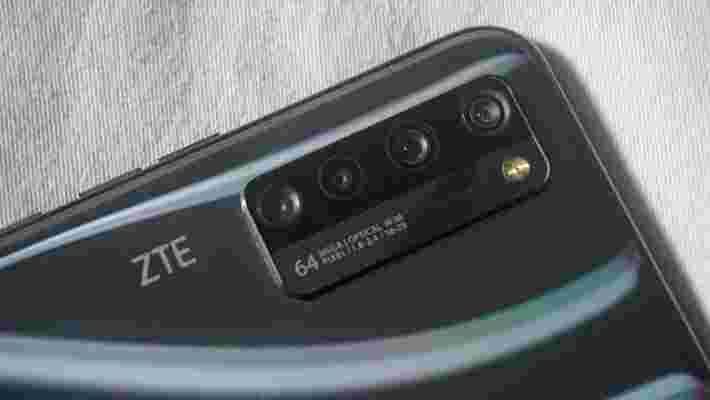
ZTE was founded in China in 1985, and its main business is telecommunications, not consumer hardware. Nevertheless, there’s plenty of tech to explore. The company’s most well-known sub-brand, Nubia, was founded in 2012.
If you’re skeptical about technology from China – as some people are – it’s worth reading up on ZTE, even if it’s simply skimming the Wikipedia page . The company has a few controversies under its belt – and it’s partially owned by the Chinese state. That doesn’t mean your personal information will be beamed straight to China, of course, but it’s worth being aware of the company’s background.
What phones does ZTE make?
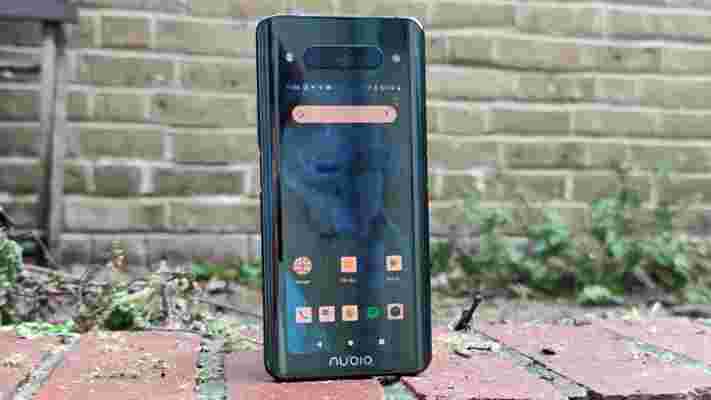
ZTE has many handsets in its family of products, and they’re loosely organized into series – ‘loose’ being the operative word here. We’ll run you through all the phone lines worth knowing about.
Nubia, as a sub-brand, is fairly large, encompassing a number of phones. There are devices such as the Z20 and X 5G, which feature screens on the rear as well as the front of the device, and others such as the Z, X and V line. In terms of specs, these are best described as mid-range, but sometimes they come with more premium features.
The Nubia Red Magic line of smartphones is ZTE’s gaming line, and these are often some of the best gaming phones of the year, including such features as built-in cooling systems and super-high screen refresh rates. These phones come in a numbered main line with the occasional Pro or budget model too.
ZTE’s Axon line is made up of more premium-feeling handsets, units that come with top specs and features, although they’re relatively low in price. Of all ZTE’s ranges, the Axon line could be considered the most high end.
Then there’s the Blade range, which is ZTE’s budget phones, usually coming with physical fingerprint sensors and plastic shells – although there are exceptions to this rule.
ZTE phone availability information
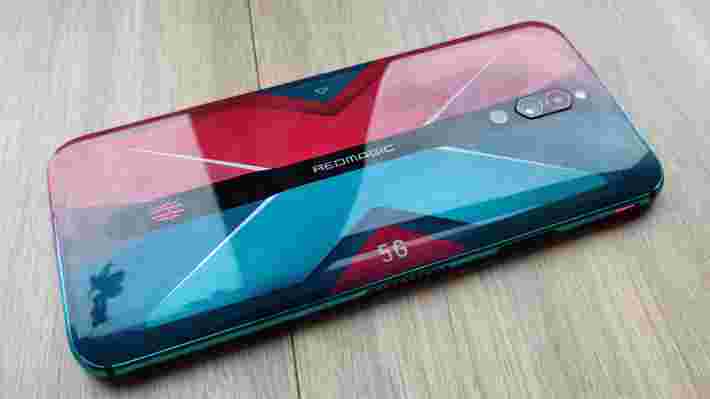
There seems to be little rhyme or reason to ZTE’s release patterns, with new Axon, Blade and Nubia phones being launched all the time.
The one exception is the Red Magic line of gaming phones – the new entry in this line is released roughly annually, in the first few months of the year, although belated budget and Pro versions can come out later in the calendar.
Other tech ZTE sells
ZTE makes smartwatches, usually under its Nubia line. The two most well-known products are the Nubia Alpha and Nubia Watch, both of which featured long, curved displays that wrapped around the wrist. The former also included a camera.
The company has also launched affordable true wireless headphones, in the form of the LiveBuds and Nubia Buds, which were seemingly designed to be used with the company’s smartphones.